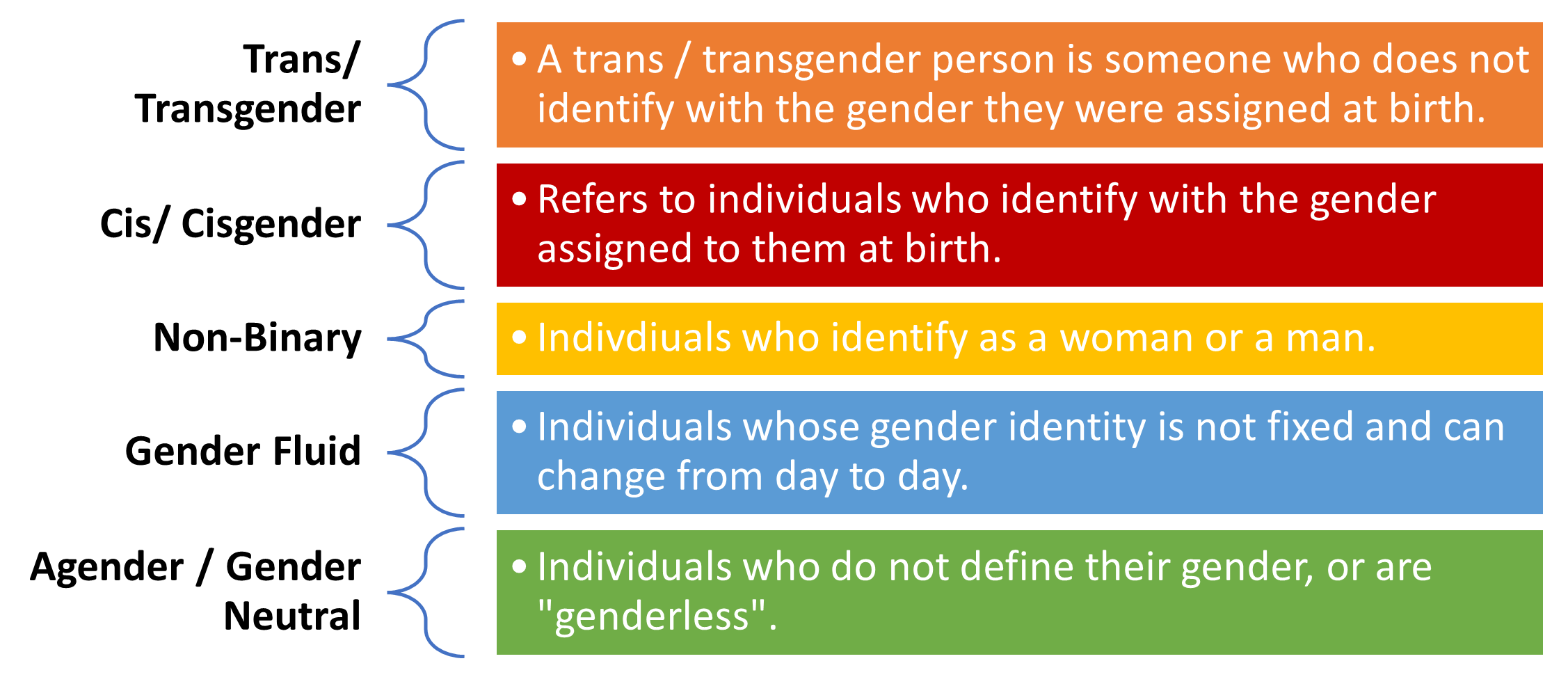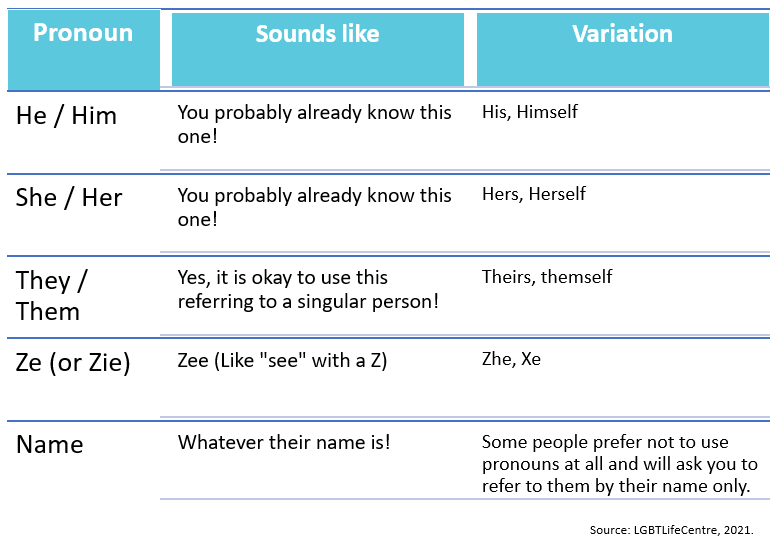To understand gender identity, it is first necessary to differentiate between sex and gender.
The first refers to the biological characteristics of each person. The latter refers to the social traits and behavioural patterns that are associated with femininity and masculinity. A person’s gender identity can be the same or different from their sex assigned at birth. Their gender identity can be expressed through behaviour, personal pronouns, clothing, haircuts, etc. How a person identifies their gender may or may not conform to society’s constructs of behaviours and characteristics typically associated with masculinity or femininity.
Why does Gender Identity matter?
Understanding gender identity is important to acknowledge how other people perceive and demonstrate their own gender. That is, how someone identifies themselves, regardless of their biological sex. Gender identity can flow between masculine and feminine, without a defining or absolute norm. There are many different gender identities, with some examples listed below.
Examples of Gender Identity

Gender Pronouns
Why do we use pronouns?
Gender pronouns are words that people use to refer to others without using their name. Using a correct pronoun encourages inclusivity, respect and affirms someone’s gender identity. Using the wrong pronouns can be offensive to others and show them a lack of respect.
What are the most commonly used pronouns?

Conclusion
Acknowledging a person’s gender identity and using their preferred gender pronouns can help others to feel accepted, respected and works to eliminate oppression. Valuing the gender identity of others means that individuals can freely express their self-identity without fear of negative reactions, violence, or discrimination. This is key to individual mental health and wellbeing!
References:
‘Understanding Pronouns’. LGBT Life Center, https://lgbtlifecenter.org/pronouns/. Accessed 9 Sept. 2021.
Niamh Delmar. ‘What Is Gender Identity and Why Do We Use Pronouns?’ Raidió Teilifís Éireann, RTE, 31 May 2021.




